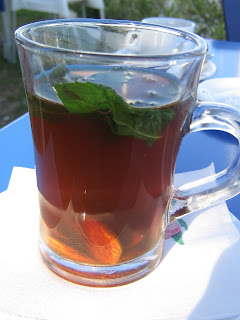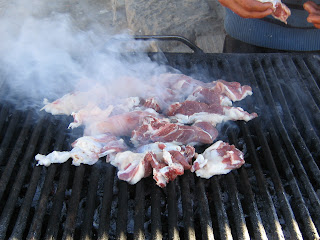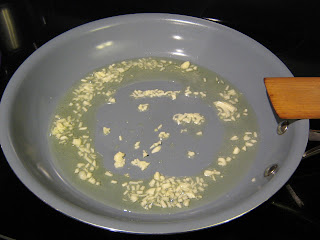30,000 tons of fruit are produced per year in the country, by approximately 7,000,000 date palms. 10,000 tons of these fruit are shipped to the European Union.
It takes approximately 8 to 10 years to produce the first dates after planting and a hand-pollinated tree can produce approximately 100 kg of yield in a growing season.
Harvest occurs in September and lasts approximately three months. I was lucky enough to visit a date plantation when I was visiting the country. I learned that the fruit actually ripens and dries on the tree. Often, plastic bags are placed around the growing fruit to protect them from insects, specifically mosquitoes and butterflies.
Young kids (I should call them workers), climb up the trees either to pollinate, bag or pick the fruit.
They don't wear shoes, fall arrest, or personal protective equipment of any type.
The dates are then dropped down to other workers at ground level.
The sweet fruit is then crated, packaged and shipped out.
The pride of Tunisian dates are the deglet nour, which translates to "fingers of the light". They are soft and sticky to the touch, have a translucent caramel-like colour and a distinctively sweet flavour.
Tunisians are quite serious about these dates, as they are a true reflection of their country's hard-working people.































































